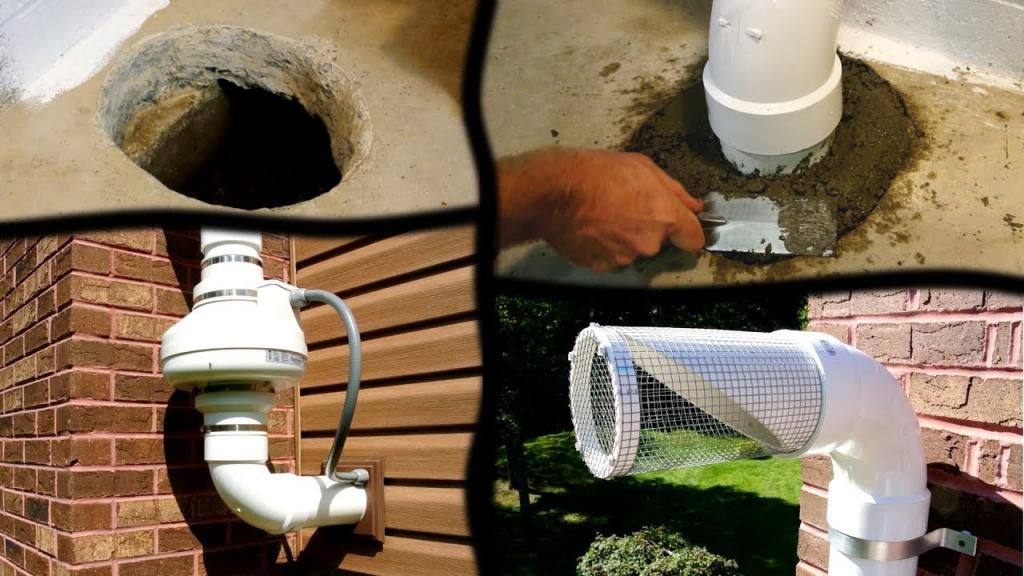The house should be the safest location for you and your family. As a result, you can't possibly survive there without knowing that the air you and the other people in your community breathe is completely risk-free. The people in your family who are more susceptible to allergic reactions should be given extra care to avoid exposure to viruses and harmful chemicals. By taking a few basic precautions, you may greatly improve the quality of air in your house.
Recent studies have shown that the air quality inside many homes is actually worse than the air outside. You may thank the building technique for this result. It's possible that adequate ventilation was overlooked. Having too many furnishings and appliances can also lead to poor air quality in a home. Now that you are aware of the factors that contribute to air pollution, you can take steps to improve the quality of air in your house.
Maintaining a spotless home is the first step toward optimal air quality. Before taking this action, you should determine where the air pollution is coming from. Keep all gas appliances, air vents, filters, exhaust fans, and other things that release gas or help circulate indoor air in good working order by inspecting them routinely. Furthermore, you should pay particular attention to the ducts that carry air to and from your HVAC units. It's simple for dust and bacteria to settle on these surfaces. You can also have professionals check your home for noxious substances like radon, asbestos, and more. In the meantime, tidy up on your own. Dust mites and other microorganisms can thrive in unclean environments, so it's important to regularly vacuum those spots. The spores of mold and mildew can be eliminated, as well as the surfaces they grow on, by using common, non-toxic cleansers. Get professional toronto radon removal and testing if you have the money for it. They disinfect these areas using a particular mixture.
The release of harmful gases like radon, from things like unused chemical cleansers and cigarette smoke, should also be kept to a minimum. You'll typically find your washing machine, dryer, gas water heater, heating system, insulation, and asbestos pipe wrap in the utility room. Formaldehyde is found in some wood furniture. It is crucial that your home does not accumulate any of these dangerous gases. Opening windows, doors, and other openings for at least a portion of each day can significantly increase airflow inside a building. This allows for cleaner air to circulate throughout the house. Fans installed in windows or an attic, or air conditioners with the vents open can also help with this problem. Exhaust fans are especially helpful in the kitchen and bathroom for removing unwanted odors and steam. Wood furniture and fixtures treated with phenol resin release significantly less formaldehyde into the air, so go for those.
Air cleaners are another way to improve indoor air quality beyond regular maintenance and adequate ventilation. You can have desktop versions or larger, industrial ones for your house. These are great for filtering out microscopic pollutants that can't be seen by the human eye. Similarly, air purifiers equipped with germicidal LEDs to attract and kill airborne pathogens are available. However, it is also crucial that these things be cleaned regularly.
You can rest assured that your property will be protected from harmful outside forces by implementing these relatively straightforward measures. There will be a noticeable difference in the quality of air in your home.

